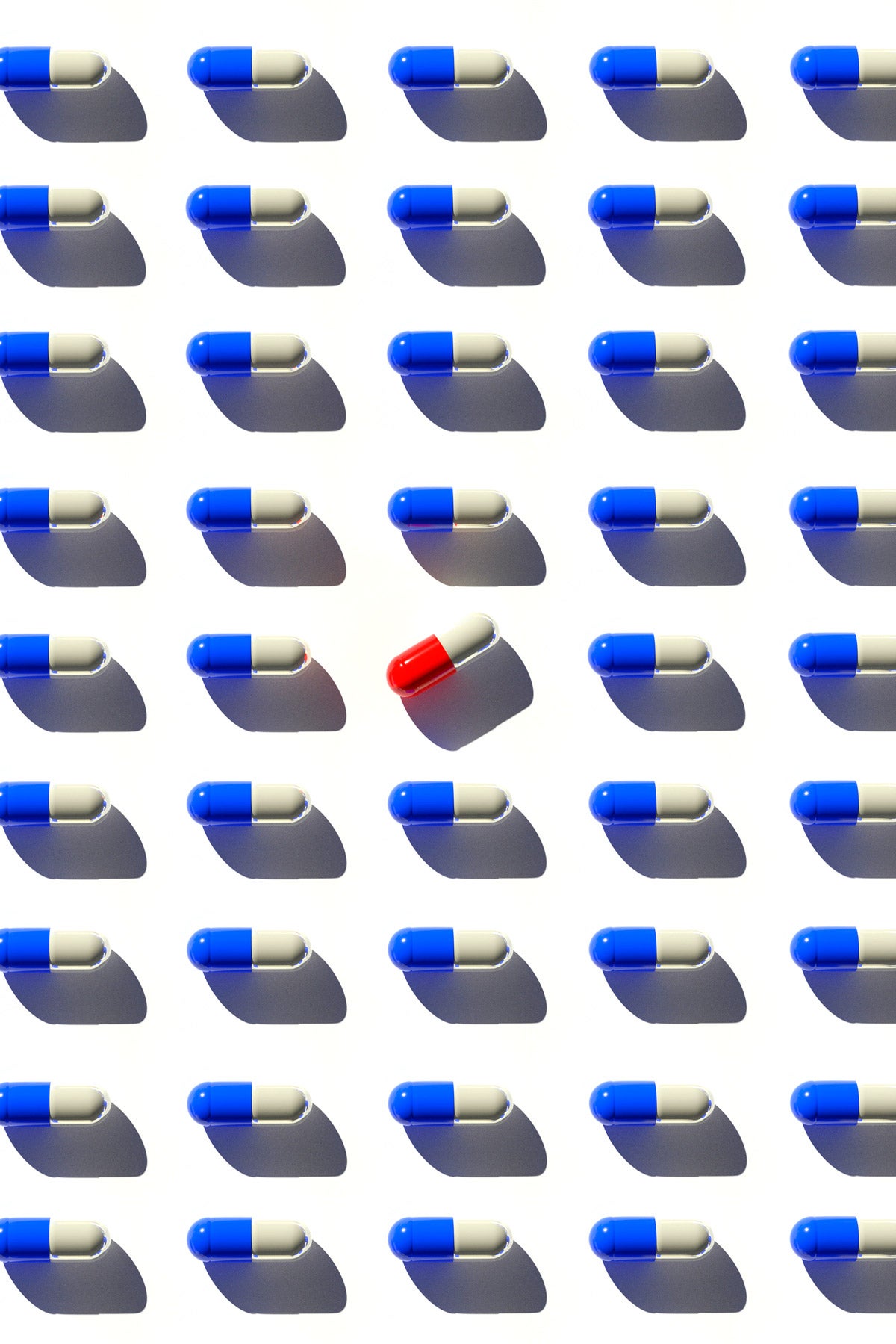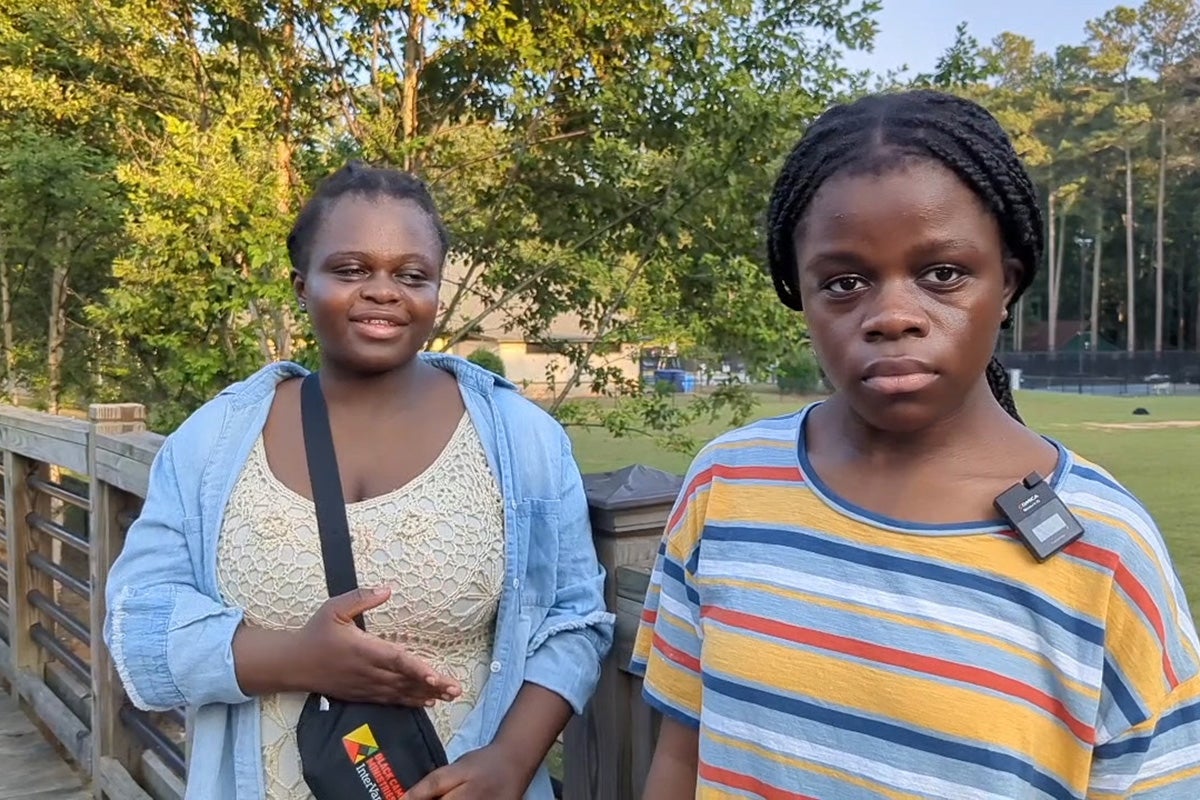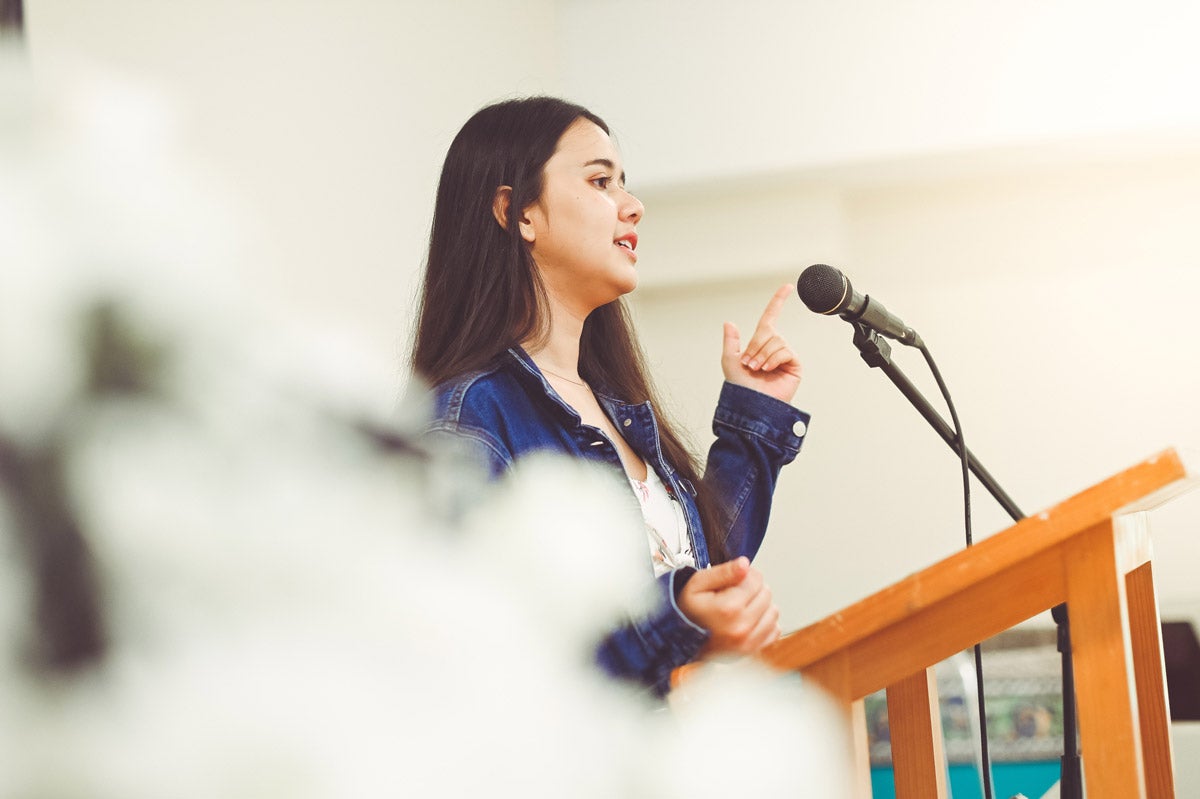
Feature
Giving trial results back to the people who make them possible
When Jan Geissler was diagnosed with leukemia in 2001 at the age of 28, he dove into research studies and scientific papers about treatments, building decision trees to help him calculate his best option for survival. He found a clinical trial for two experimental drugs in Mannheim, Germany, about 250 miles from his home.
Geissler spoke English and could understand some scientific data, but he knew not every cancer patient had those literacies. So he started translating some research from technical English into everyday German and posting his translations on a portal for other cancer patients. The feedback was positive: Patients wanted to know that clinical evidence, and his translations finally gave them some access.
And Geissler himself found solace in being able to see results from the trial he participated in; they were published and presented at various medical conferences, including one Geissler attended. “It was really important to me also to understand how the other individuals signed up for this study had been doing in terms of treatment response and survival,” he says.
The European Union is working on a coordinated approach for returning clinical trial results to participants. In the United States, there’s far from a standard approach. Hundreds of thousands of people in the U.S. participate in clinical trials each year, sacrificing time, energy, and resources in pursuit of clinical trials that may never return the results to them.
“It’s absolutely something patients want,” says Anne Marie Mercurio, a patient research advocate and breast cancer survivor. “Anybody that I know that stepped into a clinical trial always says, ‘When am I going to know? How am I going to know?’”
Sign up for Harvard Public Health
Delivered to your inbox weekly.
Although there is an existing requirement for many randomized clinical trials, or RCTs, with public funding to publish their results, or at least report them to clinicaltrials.gov, there’s no rule about making sure trial participants get those results, too.
Some researchers say there should be.
“If you are presuming and privileged enough to sit in a place where you’re listening to someone tell you deeply personal things … making a gesture back to toward them is the right thing to do,” says Elissa Weitzman, an associate professor of pediatrics at Harvard Medical School.
Returning individualized research results to clinical trial participants isn’t straightforward, and especially in the case of genetics, there are many ethical considerations. But researchers and even pharmaceutical companies are beginning to return aggregate results—the study’s main findings, along with some explanatory context––after the study has concluded.
Geissler, who founded the patient advocacy consultancy Patvocates, based in southern Germany, says knowing clinical trial results can help patients better understand or advocate for their own treatment. Research supports his point. A study of U.S. parents who received results from their children’s clinical trials found that the majority of parents used those results to help them understand their children’s medical conditions and make care decisions.
Recently, Annabelle South of the MRC Clinical Trials Unit at University College, London published the first randomized control trial to compare approaches for returning randomized trial results. She delivered aggregate results from an ovarian cancer trial in the United Kingdom back to participants, using different formats to see which patients and researchers preferred.
“We did a lot of work with patients and the public to make sure that the results summary we were sending contained what they wanted to know and was written in a way they could understand,” South says. Most trial sites found it easy to implement, and on the whole, patients appreciated receiving the information..
Returning trial results often requires extra logistical, financial, and administrative support; it may even require emotional support for participants, given the sensitivity of some conditions researchers study. But advocates say doing so can address some of the big-picture challenges common in public health—by bridging the gap between scientists and the public, elucidating the black box of clinical trial research, improving trust and transparency in the scientific enterprise, and furthering research engagement.
Jerry Nutor, an assistant professor at the University of California San Francisco who was born and raised in Ghana, conducts both observational and clinical studies in sub-Saharan Africa. He noticed how often research results were published in subscription journals outside the reach of many African participants, so he began hosting town halls and workshops as a way to share results accessibly with his study participants.
“It gives some satisfaction to you the researcher,” he says. “It builds that connection with the community to report back to them because you feel like you have a real impact on the life of the people that have shared information to you freely.”
Pharmaceutical companies, which tend to have more resources and funding, have also started to implement plain language summaries into their research process. According to David Leventhal, data sharing and disclosure lead at Pfizer, the company curates lay language summaries for many of its trials, in the language of the trial site, and posts aggregate results in its clinical trial information system. These get sent to investigators to share with participants, although the company doesn’t follow up to promote or ensure that sharing.
Pfizer also has a clinical trial alumni system that can notify participants when their aggregate results are available. “Once a study concludes, those sites may or may not forward that information on to those participants at their [trial] sites,” Leventhal says. “We feel it’s our responsibility to create another avenue for them.”
It’s also not a one size fits all, says South. “It’s going to depend on who your trial participants are, what your trial is about, and what your trial is going to show.”
In the end, says Nutor, returning results aligns with what research is about in the first place.
“The ultimate goal of us doing research is to help the human population,” he says. “It’s to improve health care or the ways we’re living. If the results are not getting to the people in a way that would improve their lives, then what are we doing?”
Image: rikirennes / iStock



